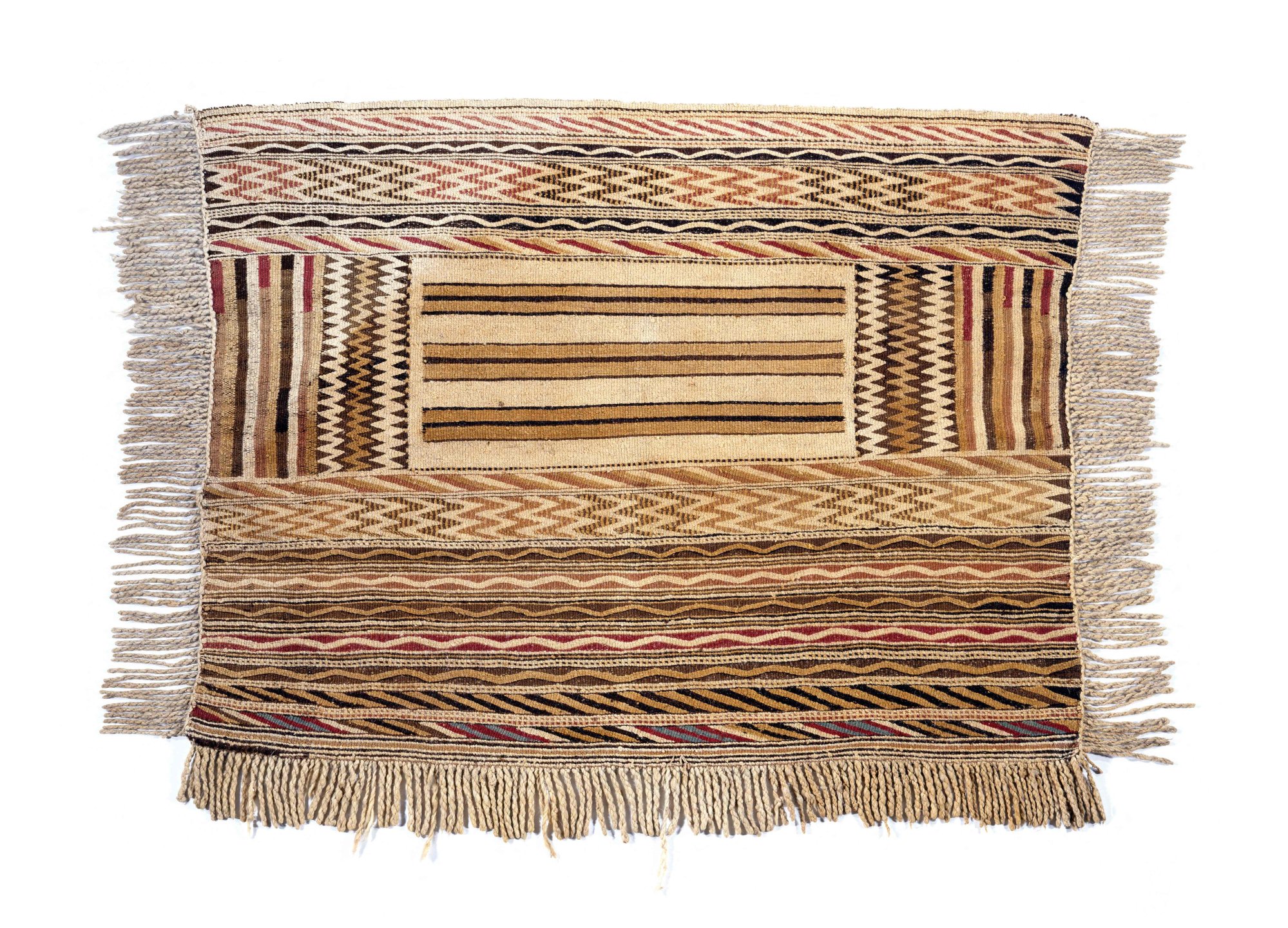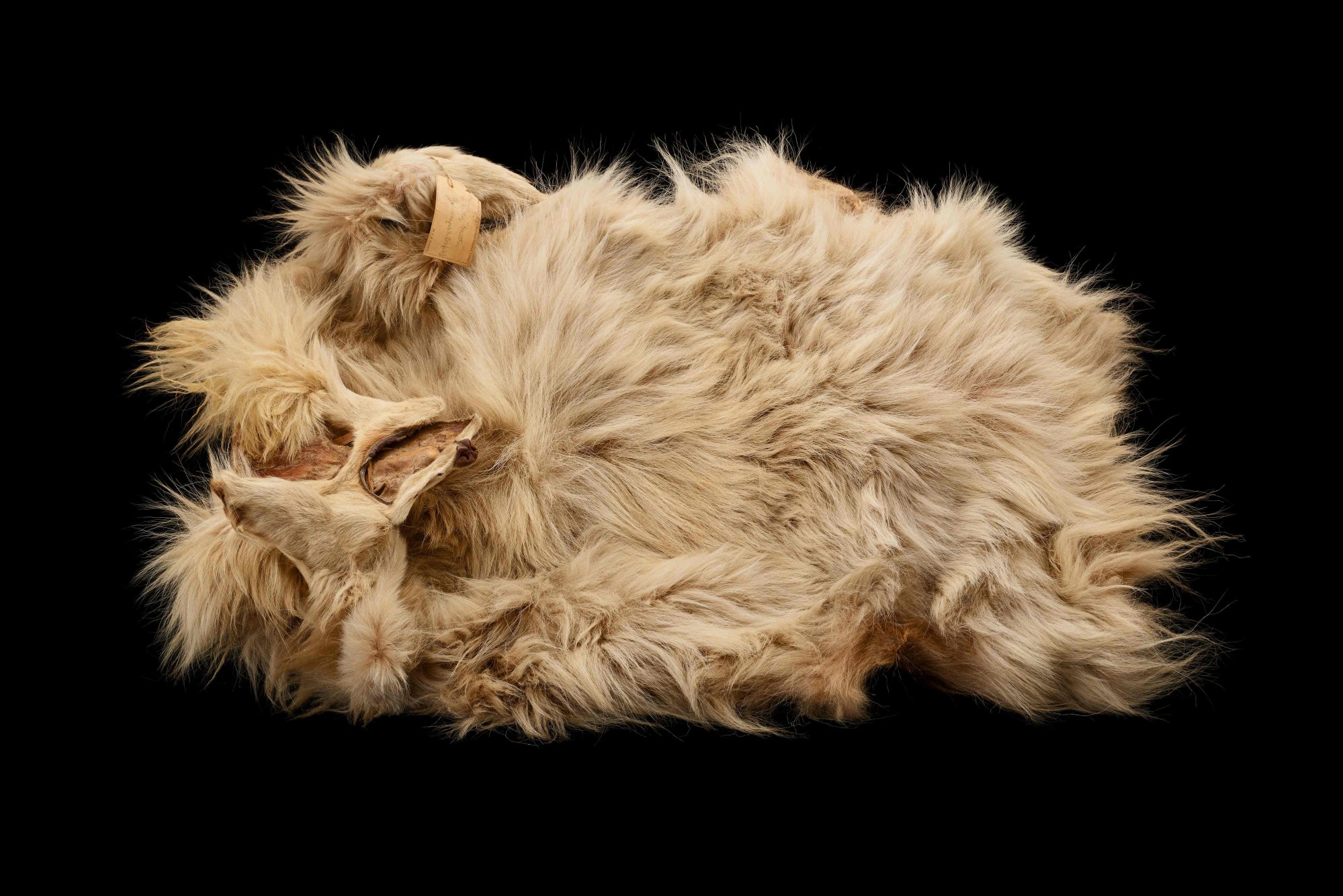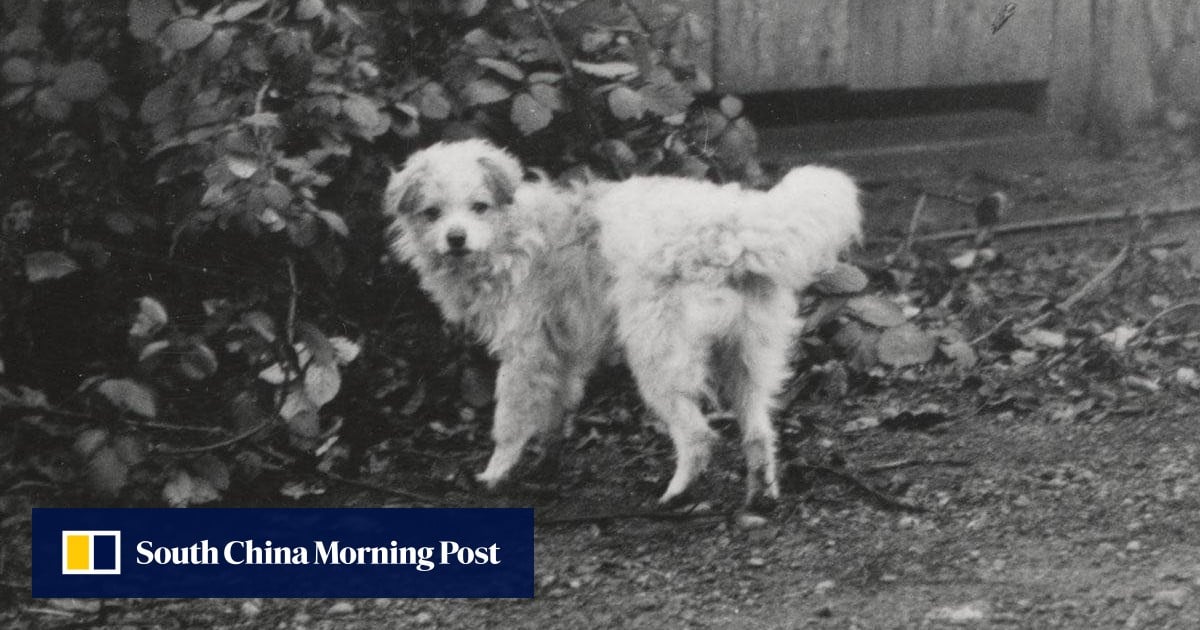A little-known dog breed with fur so thick it was spun into blankets was selectively bred for millennia by Native Americans of the Pacific northwest in the United States until its rapid demise following European colonisation, a study in Science shows.
The new research was based on a genetic analysis of Mutton, one of the last surviving Coast Salish woolly dogs, or wool dogs, whose pelt was sent to the nascent Smithsonian Institution in 1859, only to be largely forgotten until the early 2000s.
Interviews contributed by Coast Salish tribal co-authors, meanwhile, revealed the dogs had a previously underappreciated high status in indigenous societies, which revered the animals as members of the family and adorned their most treasured items with their emblem.
The dogs’ fleeces were sheared like those of sheep, with Coast Salish weavers using the wool to craft blankets and baskets that served ceremonial and spiritual purposes.
“I was always curious about why and how the pre-colonial indigenous dogs in the Americas had gone extinct after the arrival of the Europeans,” lead author Audrey Lin, a molecular biologist currently at the American Museum of Natural History, says.
Where and when dogs were first domesticated remains murky, but it’s clear that some of the first people who settled in the Americas brought their canine companions with them 15,000 years ago.
Why fixing fashion’s pollution crisis requires big brands to share the cost
Why fixing fashion’s pollution crisis requires big brands to share the cost
Within the span of a few centuries of Western settlement, however, these breeds were all but wiped out – and modern American dogs share very little genetic material with their lost cousins.
Lin first came across Mutton when she was working as a postdoctoral researcher at the Smithsonian, and was both surprised and excited to learn that virtually no work had been done on the genetics of woolly dogs, which disappeared around the turn of the 20th century.
Based on the genetic analysis, woolly dogs diverged from other lines up to 5,000 years ago, a date that lines up with archaeological findings in the region.
“We found signatures of inbreeding depression, showing that … reproduction was very carefully maintained over a very long period of time,” Lin says – echoing Native accounts that dog husbandry occurred in isolated enclosures or on coastal islands.

Mutton’s own genetics showed he was 85 per cent pre-colonial despite living decades after the introduction of European breeds, reinforcing the idea that indigenous people maintained the lineage’s purity until the dogs were wiped out.
By analysing 11,000 genes in Mutton’s genome, the team identified 28 with links to hair growth and follicle regeneration, finding similar markers in woolly mammoths, and in humans with rare congenital abnormalities.
Examining chemical signatures of carbon and nitrogen also offered a snapshot of Mutton the individual over his short 1.5 year life.
This revealed Mutton the pup feasted on molasses and cornmeal, but that he later turned to a hunting diet as he travelled the Pacific northwest under the care of ethnographer George Gibbs, who was part of an expedition to solve border issues between the United States and British Canada.

The story would remain incomplete without context provided by Coast Salish elders, knowledge keepers and master weavers, whose oral histories were long ignored, if not outright dismissed, by Western researchers.
The dominant narrative had been that indigenous communities simply lost interest in taking care of their dogs after the advent of manufactured textiles, but co-author Michael Pavel, a tradition-bearer of the Skokomish Indian nation, said nothing could be further from the truth.
“What we learned was that our people encountered a very adverse section of history characterised by colonisation, genocide, and assimilation – any and every aspect of our life that associated us with our traditional culture, ceremonies and history was eradicated.”
Woolly dogs were raised solely by high-ranking women, a practice that immediately raised the hackles of colonial Christian missionaries.
Moreover, the smallpox brought by Europeans wiped out in some cases 90 per cent of Coast Salish village populations, leaving the survivors with few resources to care for their beloved animals.

